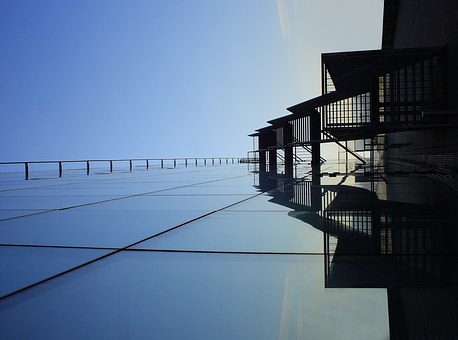
Oftentimes—in the midst of a fast paced society—we witness a wide array of architecture day-by-day. Yet even so, we still fail to stop—and take in—all that surrounds a particular location, such as; 1. the space, 2. the place, and 3. the design. For, it is through these three factors that addicts can either be affected for better, or for worse. However, such things are oftentimes overlooked by the outside world—but can make a significant impact in the lives of those struggling with addiction, and who are on the road to recovery.
First and foremost is space, which can go a long way in contributing to one’s happiness—if it’s crafted in the right way. As a matter of fact it doesn’t matter whether the space itself is in the form of a house, apartment, office building, etc.—but rather how it has been structured. For instance, if an individual is confined to an environment that is both restricted and gloomy, that very same atmosphere may reflect within his/her mood/behavior. The same thing takes place if one finds himself/herself in a room with no windows, and/or a room with little to no color.
Second is place, which can bring about a plethora of problems if one is not careful in choosing a setting which benefits the resident’s—and/or residents’—health. For, there are a number of locales that struggling addicts can chose to reside in for reasons that may have very little to do with the place itself, but rather the scenery/view that surrounds it. In turn, place is a factor of great importance—and must serve as a safe haven—whether it be for one individual or many.
Third is design. For, it is through such that addicts can witness beauty during a difficult time in their lives where there may seem to be none. Not only that, but the design—and layout—of a particular building allows them the opportunity to branch out, and discover a new place, without even having to leave home. In turn, those who struggle with addiction don’t have to travel to take part in new places, but can instead explore the architecture which surrounds them.
In conclusion, architecture plays a bigger role—than one might think—in the healing of addicts. For, it is through space, place, and design that they can find comfort in the midst of their recovery. Not only that, but they can begin to find hope again—while residing in a place which contributes to their health, rather than making them feel isolated.